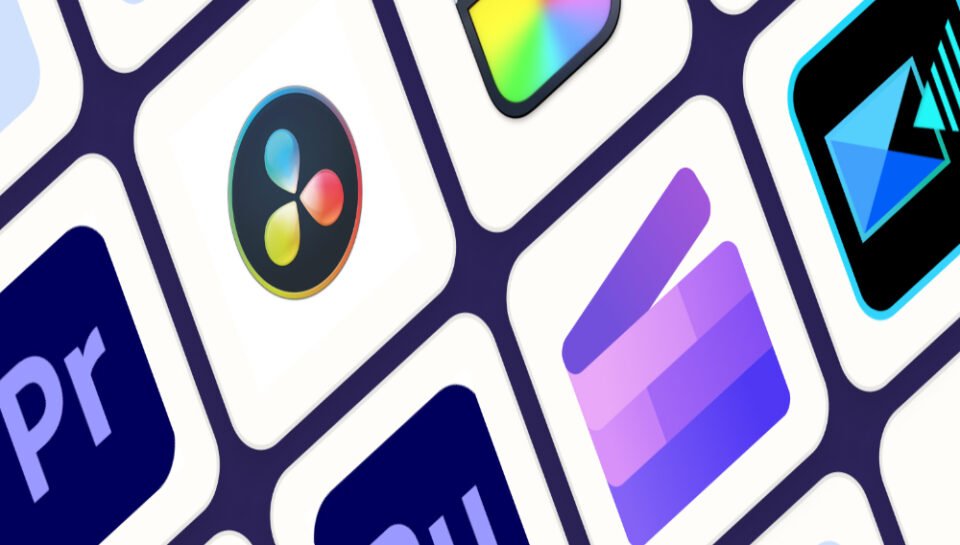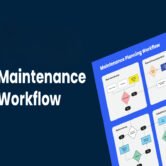
What software tools are most used for editing in Indian studios?
Non-linear Video Editing Platforms
- Widely used for timeline-based video sequencing and trimming.
- Supports multi-track editing with video, audio, and transitions.
- Enables color grading, speed control, and layering effects.
- Commonly used in film, commercial, and digital content production.
- Offers high compatibility with various media file formats.
Motion Graphics and Animation Suites
- Specialized tools are used for creating animated titles and infographics.
- Supports keyframe animation, visual effects, and 2D compositing.
- Often integrated into explainer videos, intros, and ad content.
- Enables custom transitions, kinetic typography, and character animation.
- Compatible with plugins for advanced design elements.
Audio Editing and Mixing Software
- Used for dialogue cleanup, music layering, and sound effects.
- Provides tools for equalization, noise reduction, and audio mastering.
- Syncs audio with video timelines for cinematic quality output.
- Multi-channel editing is supported for surround sound and dubbing.
- Voice modulation and reverb features enhance production quality.
Color Correction and Grading Platforms
- Enables detailed adjustments to exposure, contrast, and tone.
- Used for mood setting in films, advertisements, and digital content.
- Supports LUT application, HDR editing, and selective color enhancement.
- Real-time preview and rendering features improve workflow efficiency.
- Essential for maintaining visual consistency across scenes.
Collaborative Project Management Tools
- Allow real-time project sharing among editors, animators, and clients.
- Used for version control, feedback integration, and file organization.
- Enhance team efficiency with cloud-based access and storage.
- Common in studio workflows involving multiple contributors.
- Secure environment for managing drafts, assets, and approvals.





